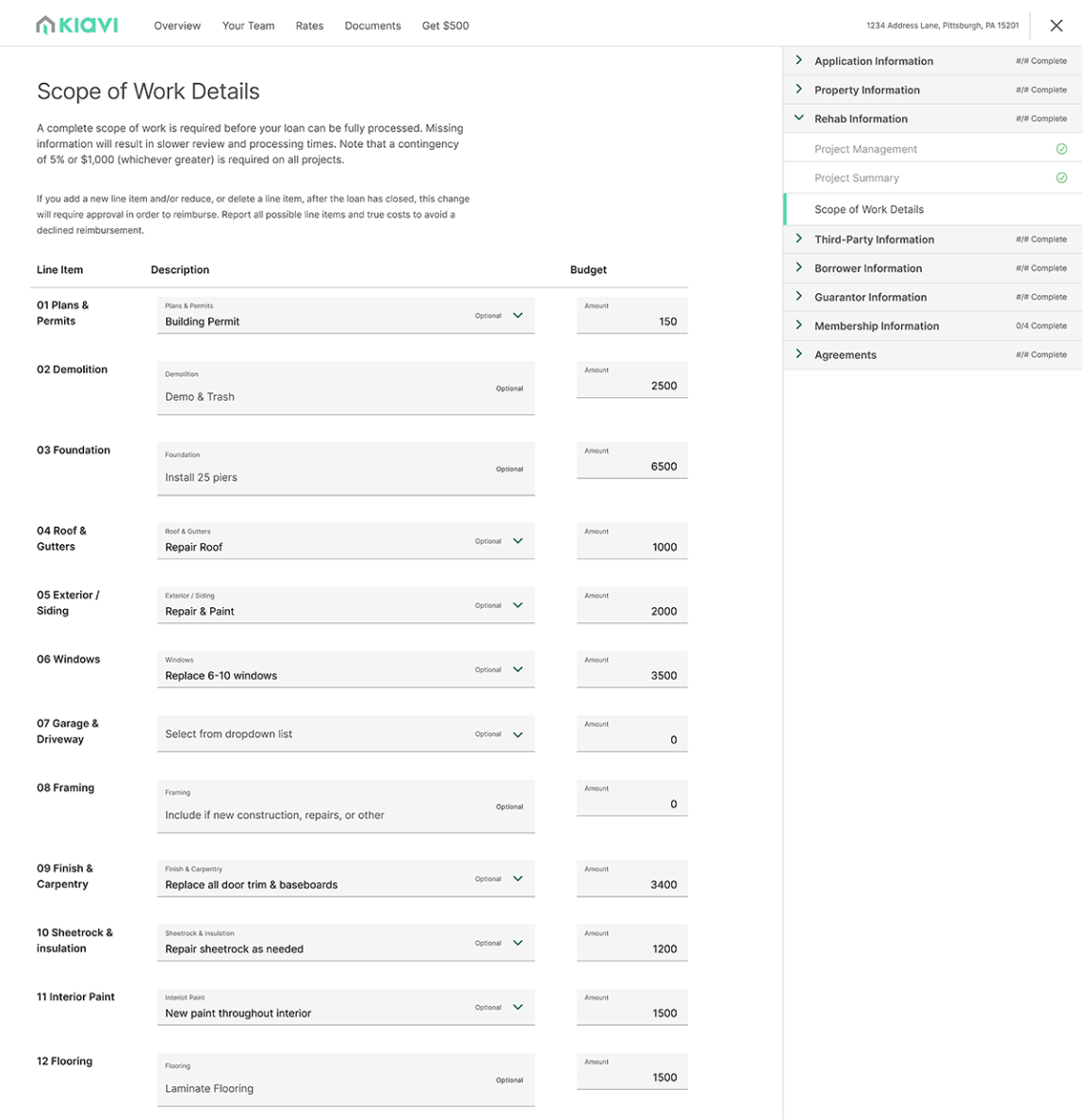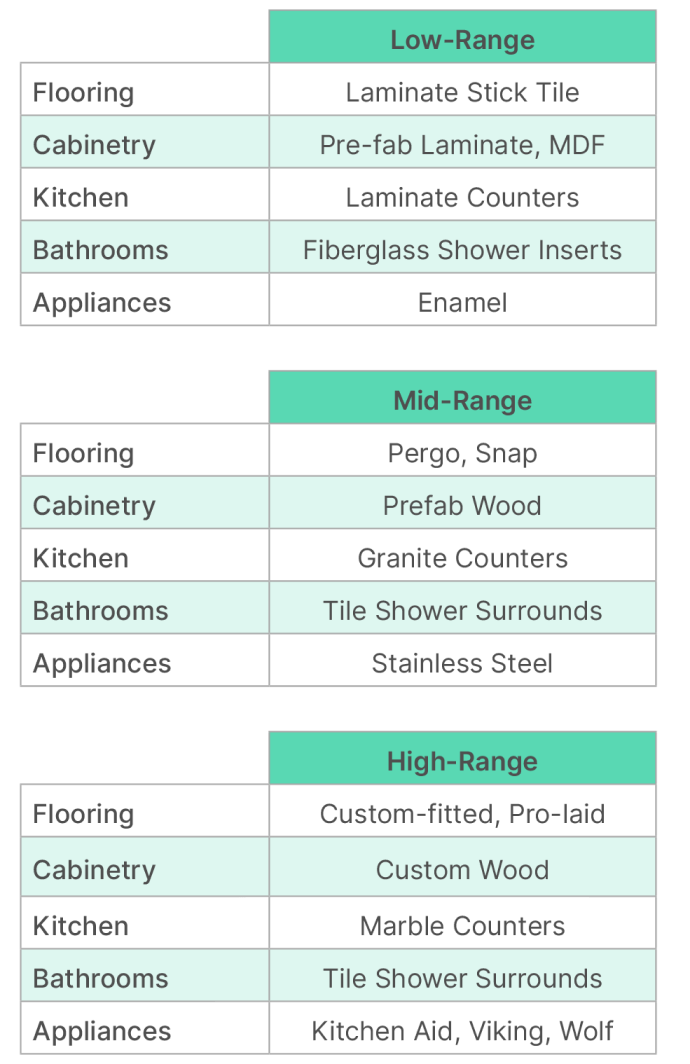Working with Kiavi
How to submit a scope of work
Your scope of work (SOW) is the outline of all planned construction and renovations of your project. An SOW is essential for nearly every real estate investment strategy. At Kiavi, an SOW is required after submitting your bridge loan application.
A detailed, accurate Scope of Work is vital for speedy loan origination and a painless Draw Process. This guide will walk you through Kiavi’s SOW requirements and how to build a professional SOW right in your online borrower dashboard.
Learn More
Visit our blog The Ins and Outs of Your Scope of Work for even more details about the importance of creating a detailed SOW, its benefits to your projects, and its implications for financing. For any additional information regarding submitting an SOW with Kiavi, contact your Kiavi Experience Manager.


